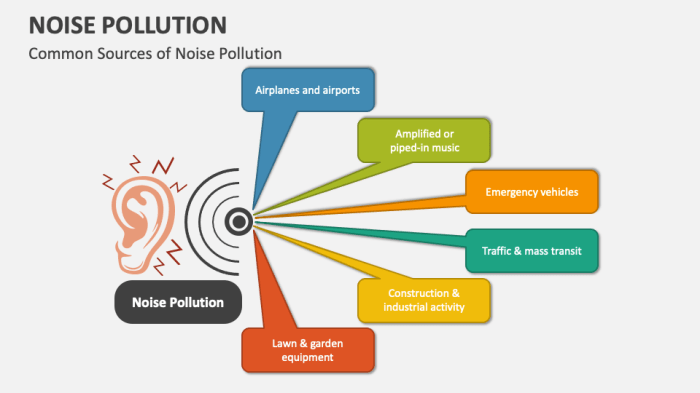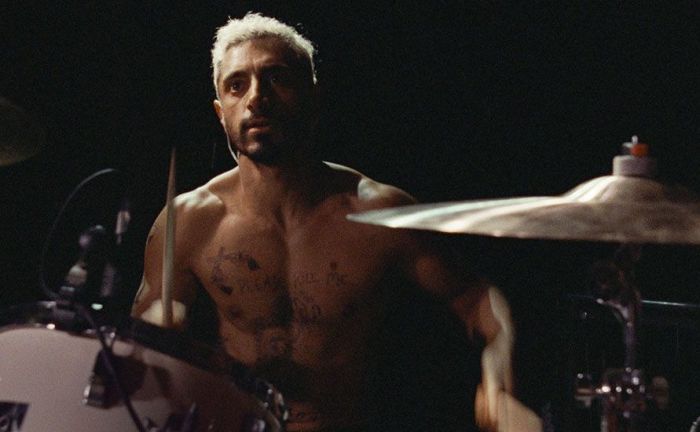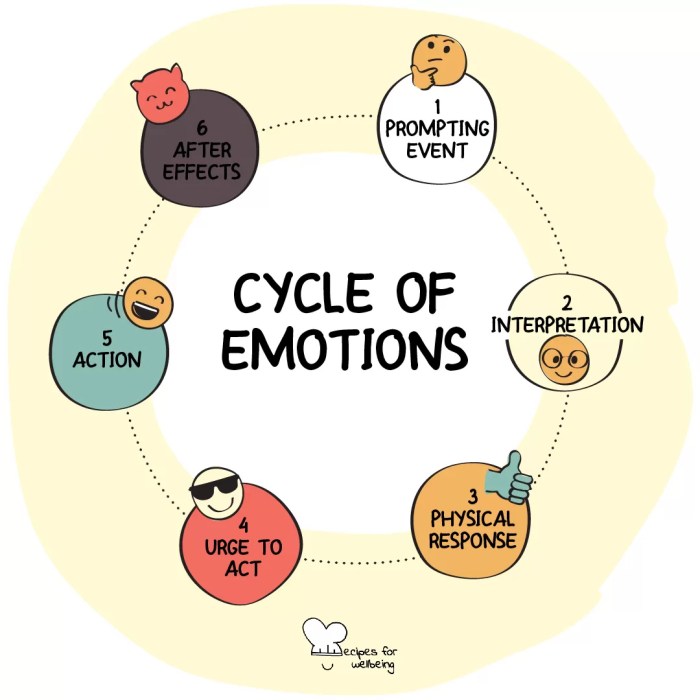Mastering the art of sound design in film is crucial for evoking powerful emotional responses from viewers. This exploration delves into a three-step process for crafting soundscapes that resonate deeply, transforming a simple scene into a visceral experience. We’ll examine how different audio elements – music, sound effects, and dialogue – work in harmony to shape emotional arcs, create suspense, and amplify the impact of visual storytelling. Understanding the interplay between these elements is key to unlocking the full potential of your filmmaking.
From analyzing existing films to designing original sound sequences, this guide offers practical techniques and insightful examples to help you achieve emotional resonance in your own projects. We will explore methods for choosing sounds that amplify specific emotions, synchronizing audio with visuals for a cohesive narrative, and ultimately using sound to elevate the overall cinematic experience.
Understanding the Emotional Landscape of Film

Sound design is the unsung hero of cinematic storytelling, subtly yet powerfully shaping our emotional responses. It’s more than just adding background noise; it’s a meticulously crafted orchestration of auditory elements that work in harmony with visuals to create a complete and resonant experience. A skilled sound designer understands the intricate relationship between sound and emotion, using various techniques to guide the audience’s feelings and deepen their connection with the narrative.
Sound design’s impact on emotional response is multifaceted. Music, for instance, directly influences mood. A soaring orchestral score can evoke feelings of triumph or wonder, while a dissonant, atonal piece can create tension or unease. Sound effects, on the other hand, contribute to realism and immersion, heightening the impact of on-screen action. The crunch of footsteps on gravel, the whisper of wind through trees, or the shattering of glass – these seemingly small details amplify the emotional weight of a scene. Dialogue, too, plays a crucial role, not just in conveying information but also in conveying character emotion through tone, inflection, and pacing. A hushed, trembling voice can convey fear, while a booming, confident tone can project power.
Analyzing Sound Design for Emotional Impact
Analyzing a film scene to understand the emotional impact of its sound design involves a systematic approach. First, identify the dominant emotions intended by the director. What feeling is the scene trying to evoke in the viewer? Then, carefully listen to the different sound layers: the music, sound effects, and dialogue. Analyze how each layer contributes to the overall emotional atmosphere. Consider the volume, pitch, timbre, and rhythm of each element. For example, a low, rumbling sound effect might suggest impending danger, while high-pitched, shrill sounds could signify anxiety or panic. Finally, consider the relationship between the sound and the visuals. Does the sound enhance or contradict the visual information? This interplay between sound and image is critical to the overall emotional impact.
Comparison of Sound Design Techniques and Emotional Effects
The following table compares the emotional effects of various sound design techniques. Note that these are general guidelines; the specific emotional response can vary based on context and other factors.
| Sound Design Technique | Pitch | Volume | Emotional Effect |
|---|---|---|---|
| Diegetic Sound (e.g., a car horn) | Variable | Variable | Realism, immersion, can heighten tension or excitement depending on context |
| Non-Diegetic Sound (e.g., a dramatic score) | High | Loud | Suspense, excitement, heightened emotion |
| Non-Diegetic Sound (e.g., a somber melody) | Low | Soft | Sadness, melancholy, reflection |
| High-pitched sound effects | High | Loud or soft | Anxiety, tension, unease (depending on context and volume) |
| Low-pitched sound effects | Low | Loud | Fear, dread, impending doom |
Designing Sound for Specific Emotional Moments

Sound design is the invisible hand that guides the viewer’s emotional journey. By carefully selecting and manipulating sonic elements, filmmakers can amplify the impact of a scene, making it resonate deeply with the audience. This involves a nuanced understanding of how different sounds evoke specific emotions and how these sounds can be orchestrated to create a powerful emotional arc.
Effective sound design for emotional moments requires a multifaceted approach, considering the interplay of sound effects, music, and silence. The goal is not simply to illustrate what’s happening on screen but to enhance and deepen the emotional impact of the narrative.
Sound Design Choices for Specific Emotions
Choosing the right sound design elements hinges on understanding the emotional landscape you wish to create. Fear, for instance, might be amplified through high-pitched, dissonant sounds and unsettling silences, whereas joy could be expressed through bright, uplifting music and playful sound effects. Each emotion requires a distinct sonic palette to effectively communicate its essence to the audience. Consider the following examples:
A Step-by-Step Process for Designing Emotional Sound
A systematic approach is crucial when designing sound effects to evoke specific emotions. This process allows for a more deliberate and impactful outcome.
- Identify the Target Emotion: Begin by clearly defining the emotional state you want to evoke in the scene. Is it fear, joy, sadness, or suspense? This clarity is paramount for guiding your sound choices.
- Select Appropriate Sound Effects: Once the target emotion is identified, choose sound effects that resonate with that feeling. For fear, consider creaking doors, whispering voices, or a sudden, sharp metallic clang. For joy, think of laughter, celebratory music, or the sounds of a lively crowd.
- Manipulate Sound Characteristics: Experiment with sound manipulation techniques to enhance the emotional impact. For example, distortion can add tension to a suspenseful scene, while reverb can create a sense of vastness or isolation in a scene depicting sadness.
- Integrate Music: Music plays a pivotal role in amplifying emotions. A somber melody can deepen feelings of grief, while an upbeat tempo can heighten the sense of exhilaration. Ensure the music complements and enhances, rather than competing with, the sound effects.
- Refine and Iterate: Sound design is an iterative process. Continuously review and refine your choices, making adjustments as needed to achieve the desired emotional impact. Test your work with a target audience for feedback.
Utilizing Music to Create Emotional Arcs
Music forms the backbone of many films’ emotional arcs. A well-crafted musical score can subtly guide the audience’s emotional response, building tension, releasing catharsis, and ultimately shaping their understanding of the narrative. The use of leitmotifs – recurring musical themes associated with specific characters or emotions – can further enhance this effect, creating a sense of continuity and depth. Consider how a film might use a specific musical phrase associated with a character’s happiness, which then transforms into a melancholic variation when that character experiences loss. This subtle shift in musical tone mirrors the character’s emotional journey, deeply engaging the viewer.
Sound Design Sequence: Intense Grief
Let’s imagine a scene where a character discovers the loss of a loved one. The following sound design choices could be employed to effectively communicate the intense grief:
- Sound Effects:
- Sobbing: A realistic, but subtly amplified, recording of sobbing, layered to create a sense of overwhelming grief.
- Faint heartbeat: A slow, faint heartbeat sound, subtly mixed in, representing the character’s emotional fragility.
- Distant muffled sounds: Background sounds, such as distant traffic or conversations, are heavily muffled and subdued, emphasizing the character’s isolation in their grief.
- Musical Cues:
- Low, mournful cello: A solo cello playing a slow, melancholic melody, establishing a somber atmosphere.
- Subdued strings: Subdued string instruments accompanying the cello, adding depth and texture to the emotional landscape.
- Silence: Strategic use of silence between musical phrases and sound effects, emphasizing the weight of the character’s loss.
The rationale behind these choices is to create a sonic environment that mirrors the character’s internal state, enhancing the emotional impact of the scene without resorting to overly dramatic or manipulative techniques. The combination of realistic sound effects and carefully chosen musical cues works in harmony to amplify the feeling of profound loss and sorrow.
Integrating Sound Design with Visual Storytelling

Effective sound design isn’t merely an accompaniment to the visuals in a film; it’s a crucial element that intertwines with the picture to create a cohesive and emotionally resonant experience. The synergy between sound and image profoundly impacts the audience’s perception of the narrative, characters, and overall atmosphere. A well-integrated soundscape amplifies the emotional impact, enriching the storytelling beyond what visuals alone can achieve.
Sound design’s role extends far beyond simply providing background noise. It actively shapes the audience’s emotional response, guiding their interpretation of the scene and enhancing their engagement with the story. Careful synchronization ensures that auditory and visual elements work in harmony, creating a unified and powerful effect. The absence of this synchronization can lead to a disjointed and jarring viewing experience, undermining the emotional impact of the film.
Sound as a Foreshadowing Device
Sound can subtly hint at future events, building suspense and anticipation. For instance, a recurring, dissonant musical motif might foreshadow an impending threat, while the distant sound of sirens could subtly hint at a future crisis. The use of diegetic sound (sounds that originate from within the film’s world) can be particularly effective. A creaking door heard before a character enters a room can create a sense of unease and prepare the audience for a potential scare. Conversely, a cheerful melody playing softly in the background can suggest a positive outcome, even if the visuals depict a seemingly challenging situation. This careful manipulation of sound creates a layered narrative, adding depth and intrigue.
Sound Design for Suspense and Emphasis
The strategic use of sound is paramount in generating suspense and highlighting specific actions within a film. A gradual increase in the volume of ominous music, combined with the absence of other sounds, can build tension effectively. Conversely, a sudden, sharp sound – a gunshot, a scream, or shattering glass – can startle the audience and emphasize a crucial moment of action. Similarly, the use of silence can be incredibly powerful, allowing the visual action to speak for itself while amplifying the emotional impact through the stark contrast of auditory absence. This careful balancing of sound and silence is a key technique in creating a gripping and emotionally engaging viewing experience.
Sound Design to Convey Inner Thoughts and Feelings
Sound design provides a powerful tool for conveying a character’s internal world, often surpassing the limitations of visual storytelling. Internal monologues or unspoken anxieties can be effectively expressed through carefully chosen sound effects or musical cues. For instance, a character experiencing internal conflict might be accompanied by dissonant music or unsettling sound effects, reflecting their turbulent emotional state. Conversely, a character experiencing peace or contentment might be accompanied by calm, soothing music or natural sounds like birdsong. This technique allows the audience to access the character’s emotional landscape directly, enriching their understanding and empathy.
Case Study: Contrasting Emotional Impacts Through Sound Design
Let’s compare two similar scenes from different films: a character discovering a loved one’s death.
| Scene Element | Film A: (Scene depicts a character discovering a loved one’s lifeless body in a quiet, dimly lit room) | Film B: (Scene depicts a character discovering a loved one’s lifeless body in a chaotic, war-torn environment) | Impact on Viewer |
|---|---|---|---|
| Visuals | Close-up on the character’s face, showing shock and grief. Dim lighting, somber color palette. | Wide shot showing the character amidst the chaos of battle, finding the body amongst the destruction. | Film A emphasizes intimacy and personal grief. Film B emphasizes the vastness of loss and the context of violence. |
| Sound Design | Silence punctuated by the character’s heavy breathing and soft sobs. A low, mournful cello melody begins subtly and increases in volume. | Sounds of distant gunfire and explosions continue, creating a background of chaos. The character’s cries are barely audible, swallowed by the surrounding noise. | Film A creates a sense of profound, intimate sorrow. Film B creates a sense of overwhelming loss and despair within a larger context of destruction. |
| Overall Emotional Impact | A feeling of quiet, personal tragedy. The viewer feels the character’s intimate grief. | A feeling of profound loss amidst a larger catastrophe. The viewer feels the character’s despair within a wider context of suffering. | The differing sound design choices drastically alter the emotional weight and meaning of the scene. |
Closing Summary

By carefully considering the emotional landscape of your film and strategically integrating sound design elements, you can create a truly immersive and impactful cinematic experience. This three-step process—understanding emotional response, designing for specific moments, and integrating sound with visuals—provides a framework for elevating your filmmaking and connecting profoundly with your audience. Remember, sound is more than just background noise; it’s a powerful tool for storytelling, capable of shaping emotions and leaving a lasting impression.